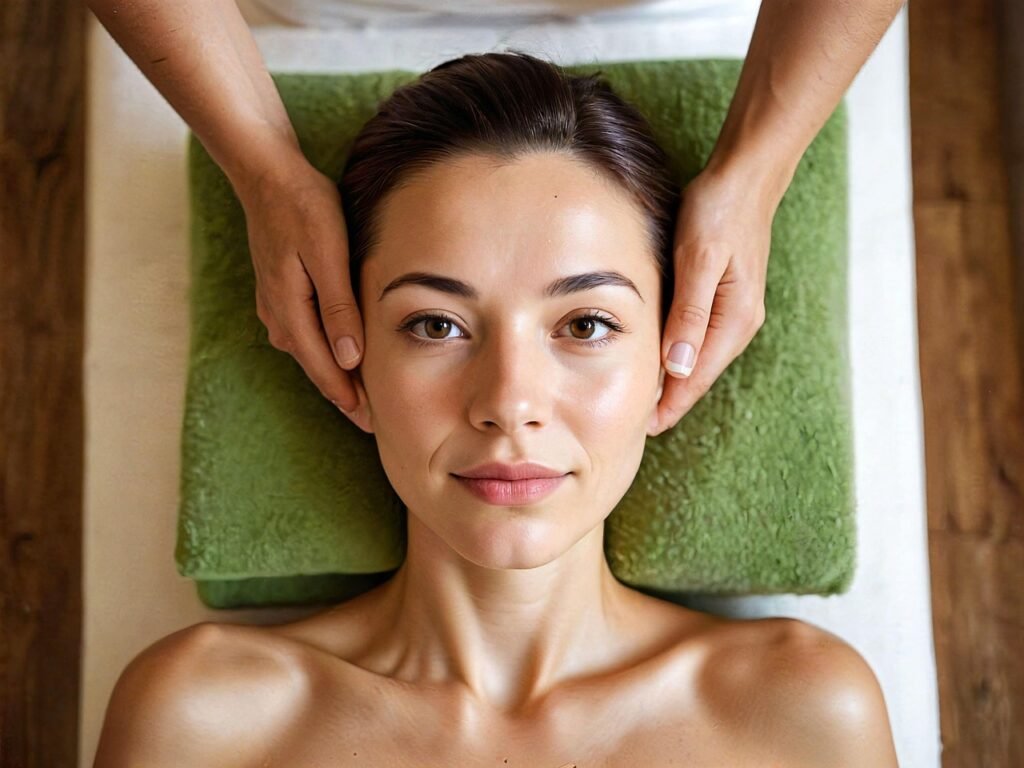Is cold plunging just about muscle recovery, or is there more to it? If you’re an athlete or simply someone keen on enhancing your well-being, you might want to consider how a good old ice bath could be a game changer. While most folks know about the benefits of cold plunging for muscle soreness, it’s time to uncover how this practice reaches far beyond just recovery.
What is Cold Plunging?
Cold plunging typically involves immersing your body in cold water or ice baths for a specific duration. You might imagine the chilling shock when you dip in, but the benefits could be significant. This practice has been a staple among athletes for decades, but newer research is revealing deeper advantages you may appreciate.
The Science Behind Cold Exposure
When you expose your body to cold temperatures, several physiological responses occur. One of the most exciting aspects is how your body activates its stress response. This doesn’t just mean you’re shivering; it’s a full-body engagement that could provide you with several health benefits.
Hormonal Responses
Your body releases a cocktail of hormones when exposed to cold. This includes norepinephrine, which can enhance mood and increase alertness. The cold also stimulates your hypothalamus to kickstart thermogenesis, helping your body to adapt and possibly increasing metabolic rate over time. This is why athletes often swear by these chilly immersions—not just for after the game but as part of their daily routine.
The Benefits of Cold Plunging for Athletes
Muscle Recovery Revisited
Sure, you might be familiar with the formal narrative that cold plunging aids muscle recovery. When you plunge into icy water, blood vessels constrict, reducing swelling and inflammation, followed by a rapid return of warm blood flow, which promotes muscle healing.
But here’s the thing: while that’s true, it’s not the whole story.
Enhanced Endurance and Performance
Cold exposure can enhance your endurance and overall performance as an athlete. Through regular practice, your body adapts, improving your tolerance to stress—be it physical exertion during a game or mental hurdles during a big race. It’s a type of resilience training that goes beyond just the physical.
Mental Fortitude
Let’s talk about the brain for a moment. Cold plunging not only helps with the physical side but also strengthens your mental focus. Facing a harsh cold environment can be an empowering experience. When you manage that shock and come out stronger, it translates to better focus and determination in your sport.
Improved Circulation
This one’s a game changer: cold plunging can boost your circulation. As mentioned, immersing in cold water constricts blood vessels at first. But once you get out, those vessels dilate, improving blood flow. Better circulation means more oxygen and nutrients to your muscles, which can lead to overall better performance.
Immune System Boost
Regular cold exposure has also been discussed in research as a way to boost your immune response. Increased norepinephrine production can enhance your body’s resilience. Amid rigorous training and the everyday stresses of life, keeping your immune system in check is pretty crucial.
Mental Health Benefits
Let’s touch on something often overlooked: mental health. Athletes face intense pressure. Cold exposure can help manage this stress by encouraging the release of endorphins and decreasing symptoms of anxiety. Just a few minutes in a cold plunge can yield a significant mood boost.

Best Practices for Cold Plunging
Frequency and Duration
Wondering how often you should plunge? There isn’t a one-size-fits-all answer. Depending on your level of activity and tolerance, you might find that 2-3 sessions per week work best for you. As for duration, many athletes aim for 5-10 minutes. However, if you’re new, start with shorter dips of a couple of minutes to acclimate your body.
Temperature Guidelines
Generally, a range from 50°F to 59°F (10°C to 15°C) is considered effective for therapeutic results. Going lower than that can bring additional risks, especially if your body isn’t accustomed to it. Always pay attention to how your body feels; it will guide you in finding your ideal temperature.
Preparation is Key
Before plunging in, get in the right mindset. Some athletes find breath work or light stretching helps get them focused on the experience. You want to set an intention for your cold plunge; maybe it’s about recovery or just a mental reset.
Post-Plunge Practices
After you step out of the cold, your body will be in recovery mode. Engaging in light activity, warming up your body gradually (rather than jumping into a hot shower), and drinking warm fluids can help facilitate recovery and keep your body functioning optimally.
Common Misconceptions About Cold Plunging
It’s Only for Elite Athletes
You might think cold plunging is reserved for professional athletes, but that’s far from the truth. While they’ve popularized the practice, anyone can reap similar benefits, regardless of fitness level. Whether you’re a weekend warrior or just looking to ease everyday stress, cold plunging can work wonders for you.
It’s Dangerous
Yes, there are risks if not done correctly, but with the right precautions, cold plunging is safe. Always listen to your body, have a buddy system in place, and avoid immersing yourself for extended periods without experience. If you’re cautious and informed, you can avoid potential pitfalls.
It’s Uncomfortable for No Reason
Sure, the initial shock can feel harsh. But discomfort often yields growth. Cold plunging taps into a deeper understanding of your body and mind, encouraging resilience and a reward system in your brain that’s harder to ignore.

Other Applications of Cold Exposure
Cold Showers
If a plunge feels daunting, start with cold showers. Incorporate cold water at the end of your regular shower for 30 seconds to a minute. This practice can still offer many benefits while making it more manageable to ease yourself into colder temperatures.
Contrast Baths
Contrast baths, alternating between cold and hot water, can provide a unique twist to traditional cold plunging. This approach combines the benefits of cold exposure with improved circulation from the heat, offering a well-rounded recovery method.
Cryotherapy
Cryotherapy is another advanced method of cold exposure. Engaging in localized cryotherapy can target specific areas of soreness, while full-body cryotherapy chambers offer systematic benefits similar to traditional cold plunging.
When to Avoid Cold Plunging
Certain Medical Conditions
If you have conditions such as cardiovascular issues, hypothermia history, or cold urticaria, consult a healthcare provider before attempting cold plunging. Understanding your own health landscape helps you make informed choices about your body.
During Illness
While some argue that a quick plunge might help, if you’re unwell or under stress, listen closely to your body. Rest and recovery should take precedence when you’re dealing with illness or fatigue that exceeds normal exercise strain.
Before Races or Competitions
You might be tempted to take a cold plunge just before your big competition. While it can numb soreness and improve focus, it could also momentarily decrease your muscle performance. Timing is essential.

Conclusion
So, what do you think? Cold plunging is far from just a trend—it’s an impactful practice that goes beyond muscle recovery. With its potential to enhance endurance, boost mental fortitude, and improve recovery, this icy ritual could be your ticket to unlocking a better athletic experience.
Next time you consider cold plunging, remember: it’s not merely about numbing pain but cultivating resilience, mental clarity, and overall well-being that can elevate your performance both on and off the field. Consider giving it a try, and you might find yourself embracing the chill—and who knows, you could come out stronger in more ways than one.

